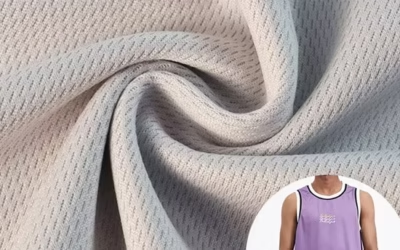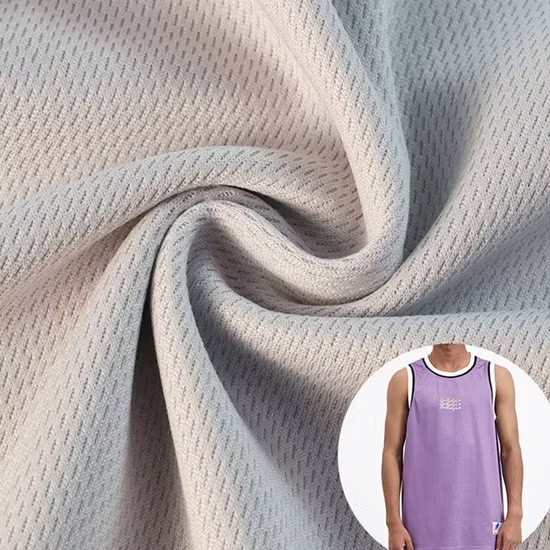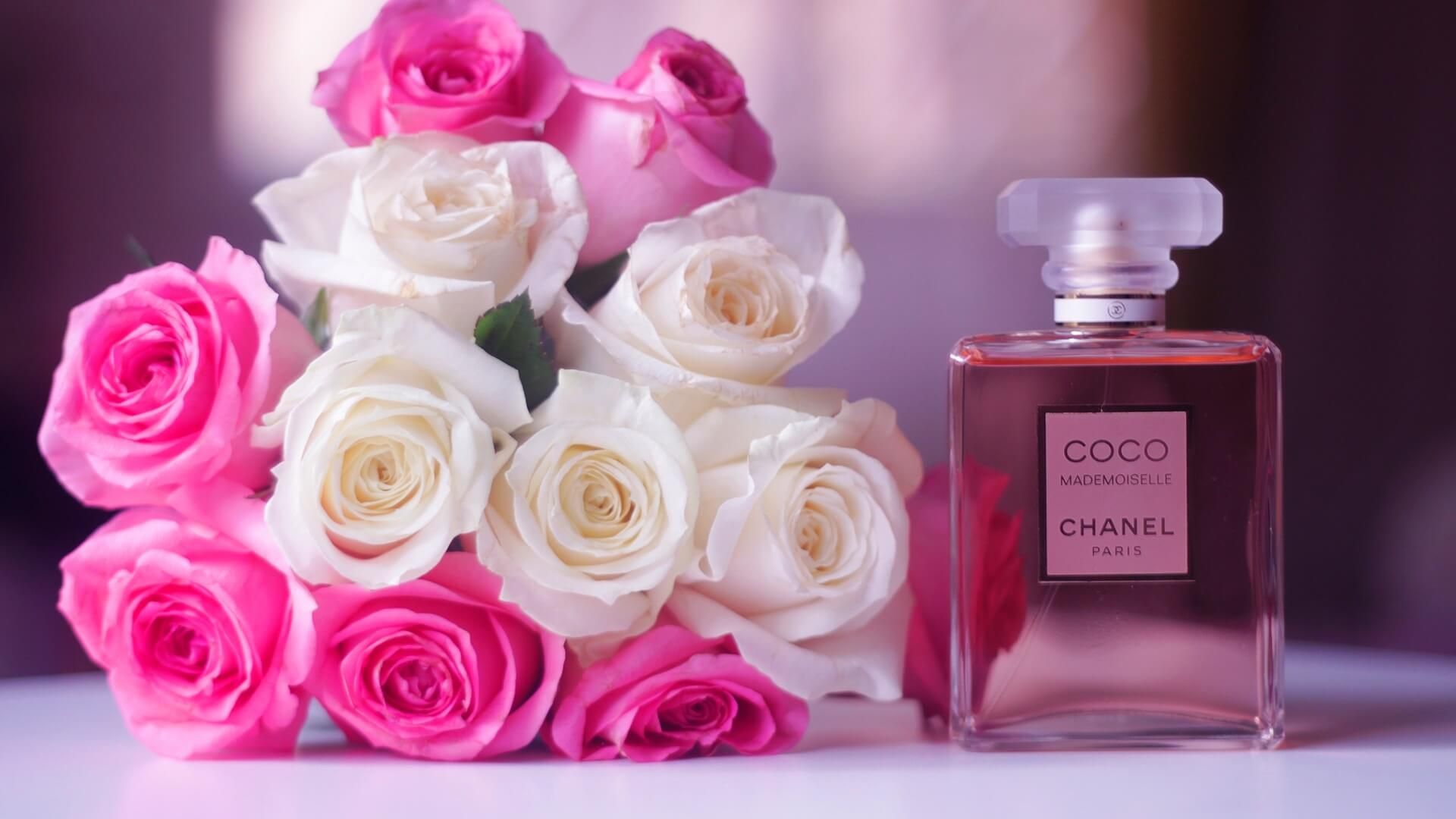Pink Sapphire vs. Other Gemstones: What Sets It Apart?

Introduction to Pink Sapphire
Among the spectrum of precious gemstones, the pink sapphire stands out as a unique and captivating choice. Known for its romantic hue and exceptional durability, pink sapphire is a member of the corundum family, just like the famous blue sapphire. While rubies and diamonds often dominate discussions around premium gemstones, pink sapphire has quietly carved a niche for itself, especially in the world of fine jewelry and engagement rings. This gemstone blends beauty, symbolism, and performance, making it an appealing alternative to more traditional stones. In this article, we explore what sets pink sapphire apart from other gemstones in terms of composition, symbolism, market demand, and overall value.
The Unique Composition of Pink Sapphire
Pink sapphire is a variety of corundum, the same mineral that produces sapphires of other colors and rubies. Its color is derived from the presence of trace elements, primarily chromium. The more chromium present, the deeper and more vibrant the pink. What distinguishes pink sapphire from ruby is its lighter tone; if the stone is not red enough to be considered ruby, it is categorized as pink sapphire. Unlike many gemstones that rely on a variety of minerals for color and clarity, pink sapphire maintains consistent hardness, scoring a 9 on the Mohs scale. This makes it one of the hardest natural stones available, second only to diamonds, and more durable than emeralds and topazes.
Comparing Pink Sapphire and Diamond
When comparing pink sapphire to diamonds, several differences emerge. While diamonds are admired for their brilliance and are considered the traditional choice for engagement rings, pink sapphires offer a colorful and romantic alternative. A major advantage of pink sapphire is its affordability; high-quality pink sapphires often cost less than diamonds of similar carat weight and clarity. Additionally, pink sapphires are typically more environmentally and ethically sourced, especially when purchased from reputable dealers who supply stones from Sri Lanka or Madagascar. Diamonds may exhibit a higher sparkle due to their refractive index, but pink sapphires captivate with their soft glow and enchanting shades ranging from pastel blush to vivid magenta.
Pink Sapphire vs. Ruby
Pink sapphires and rubies are closely related, both being varieties of corundum. The distinction lies in their color saturation. Rubies have a deep red hue due to higher chromium levels, whereas pink sapphires display lighter, pinker tones. While rubies have long symbolized passion and power, pink sapphires exude elegance, romance, and calmness. Market-wise, rubies are often more expensive, particularly the highly sought-after “pigeon blood” rubies from Burma. However, pink sapphires offer a similar brilliance and toughness at a more accessible price point, making them a smart choice for budget-conscious buyers who don’t want to compromise on visual impact or quality.
Pink Sapphire vs. Emerald
Emeralds, known for their lush green tones, are part of the beryl family and offer a very different aesthetic and experience compared to pink sapphire. While both stones are prized in high-end jewelry, emeralds are much softer, scoring only 7.5 to 8 on the Mohs scale. They are also more prone to inclusions and fractures, often requiring special care and treatments such as oiling. Pink sapphire, on the other hand, is tougher and less likely to chip or crack, making it more suitable for daily wear. Moreover, while emeralds symbolize rebirth and growth, pink sapphires are associated with love, resilience, and emotional balance—adding to their appeal in personal and sentimental pieces.
Pink Sapphire vs. Morganite
Morganite is another pink gemstone that has surged in popularity due to its gentle hue and affordability. However, morganite belongs to the beryl family and has a lower hardness (7.5–8) compared to pink sapphire. This makes morganite more susceptible to scratches and less ideal for everyday jewelry like engagement rings. While both gems offer soft, feminine colors, pink sapphire has a broader color range, better brilliance, and greater overall longevity. Additionally, pink sapphire’s historical legacy and rarity lend it more prestige in the gemstone world than morganite, which is relatively new to the jewelry market.
Symbolism and Emotional Value
Pink sapphire carries deep symbolic meaning, often associated with love, wisdom, and spiritual enlightenment. In many cultures, it is believed to bring emotional clarity, strengthen trust in relationships, and calm turbulent feelings. This makes it a popular stone for romantic gestures, such as engagement or anniversary rings. Compared to diamonds, which traditionally symbolize unbreakable commitment, pink sapphires offer a more nuanced emotional narrative, representing compassion, emotional intelligence, and gentle strength. These qualities make pink sapphire a favorite for people looking for meaningful, personalized jewelry rather than conventional choices.
Aesthetic Versatility
Pink sapphire is incredibly versatile in terms of design and setting. Its varying shades allow it to complement both warm and cool metals, from rose gold to platinum. Whether paired with white diamonds for a luxurious finish or set as a solitaire for a minimalist look, pink sapphire adapts to various styles—from vintage to contemporary. Its color range also allows jewelers to create custom pieces tailored to individual preferences. While many gemstones may clash with certain skin tones or outfit colors, pink sapphire’s soft and neutral pink hues enhance almost any appearance, making it a universally flattering option.
Market Demand and Investment Value
Over recent years, pink sapphire has gained recognition not only for its beauty but also for its potential as a valuable investment. As colored gemstones continue to rise in popularity, pink sapphires, especially unheated and vividly colored ones, are becoming more sought after. Their relative rarity, especially in larger sizes with good clarity, increases their appeal among collectors and investors. Compared to more common gemstones like amethyst or garnet, pink sapphire retains a higher market value and has shown consistent appreciation in auction sales and private collections. For those seeking to combine emotional and monetary value in a single gemstone, pink sapphire is a compelling choice.
Ethical and Sustainable Sourcing
Another distinguishing factor is the pink sapphire’s traceable and often ethically sourced supply chain. Leading sources like Sri Lanka and Madagascar have adopted more responsible mining practices, especially when compared to diamond mining in conflict-prone regions. Many jewelers now emphasize ethically sourced pink sapphires, offering consumers peace of mind regarding environmental and social impact. This makes the stone particularly appealing to younger, socially conscious buyers who seek transparency and sustainability in their purchases.
Conclusion
Pink sapphire holds a distinctive place in the world of gemstones, balancing beauty, resilience, symbolism, and value. Whether compared to diamonds, rubies, emeralds, or morganite, pink sapphire consistently proves itself as a standout choice for those looking for something unique and meaningful. With its exceptional hardness, captivating color, and growing demand, this gemstone is not just a visual delight but also a wise investment. As the jewelry market evolves and more buyers seek personalized alternatives, pink sapphire continues to shine brightly among its peers.











